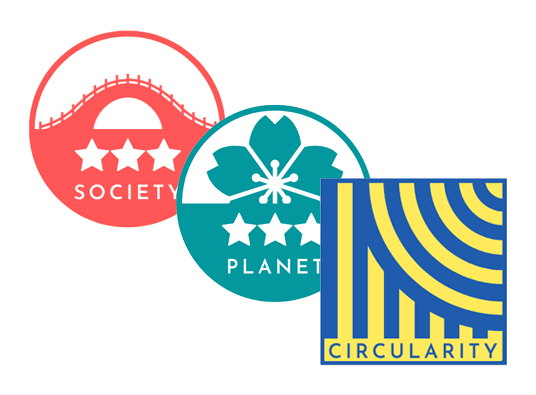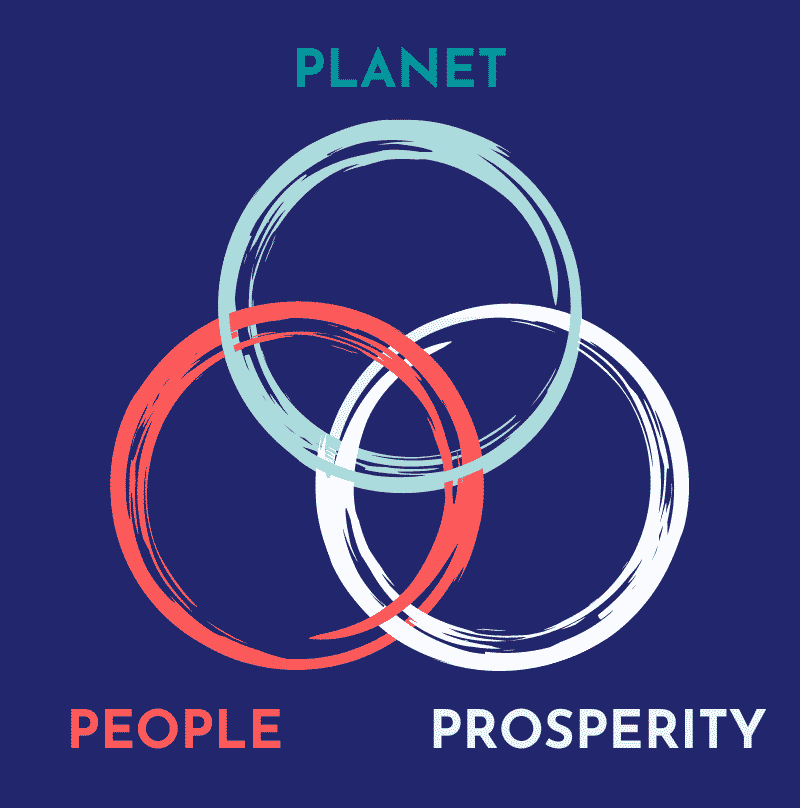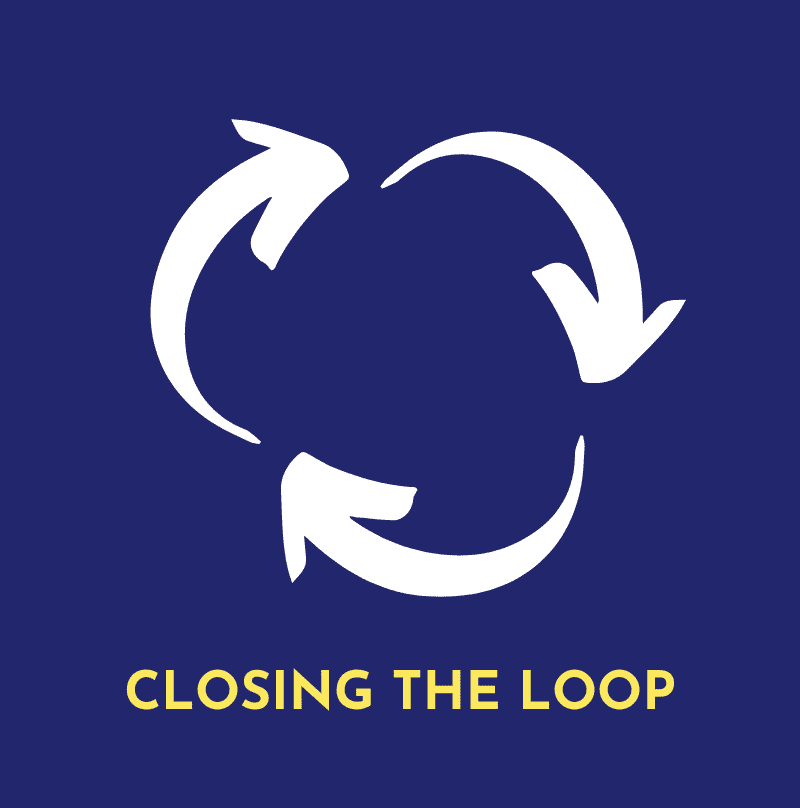Sustainability Impact Score
Measuring how sustainable brands are
Zenbird Life uses a simple sustainability rating that anyone can use to understand how sustainable a brand is
Why do we need a sustainability impact score?
A brand can be sustainable, but how sustainable is it?
With the growing popularity of ethical products and services, more and more brands are making the shift towards sustainability. Some brands do a little to be less impactful on nature. Some brands greenwash and mislead their customers. But there are those brands are role models of sustainability and circularity.
For Zenbird, we want to introduce brands with impact, to identify how they are making a change in their businesses, communities and the world. So we developed a measurement in-house to determine their impact.

How does Zenbird.Life see sustainability?
Zenbird.life uses three measurements to determine the commitment of a brand to sustainability:
1) SOCIETY – The impact and benefit the brand provides the people in various communities.
2) ENVIRONMENT – The impact the brand’s product have on nature.
3) CIRCULARITY – Presence of the brand’s circularity in the system they operate in.
We give different ratings on these three scales, from the changes brands implement within their businesses, to creating new methods to tackle systemic issues.
Regardless of their score, as long as a brand is listed on Zenbird.Life, they are sustainable brands that are making a difference in the world.

Based on the triple bottomline
The triple bottomline is a way to think about a business’ impact on society and the environment. Zenbird Life, and indeed, its parent company, Harch Inc’s, triple bottomline is the 3Ps: Planet, People and Prosperity.
The SOCIETY and ENVIRONMENT measurements are inspired from this triple bottomline, that a business should not latch itself to profit. Instead, a business should benefit the well-being of society (People) and avoid harming the environment (Planet), while flourishing together with all involved with the business (Prosperity).

Based on the circular economy
We wanted to give a heavy weighting to how the business is designed, and how a business thinks of its place in the economy. How it approaches resources and waste during the design and manufacture of a product changes the dynamics of a green society and its impact on the climate crisis.
However, there are certain circular strategies that are better than others. With the CIRCULARITY measurement, we want to promote these higher ranks of circularity, so these brands can be role models for other brands to learn from, and can be eye openers to how far sustainability can go.
